Blog
What is a Flood Light? Definition, Purpose, and Applications
Updated on Apr 2025
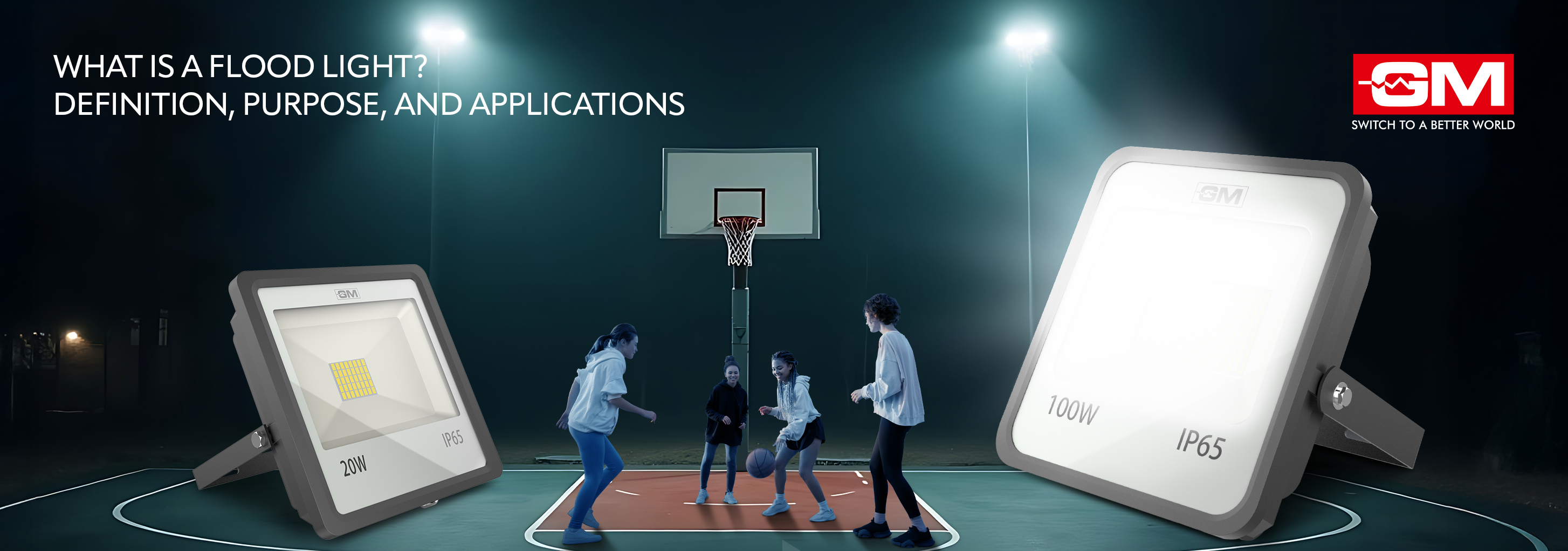
In the world of lighting, flood lights stand out for their power and versatility. Often seen lighting up large sports fields, enhancing home security, or highlighting architectural details, these lights are an essential part of both commercial and residential lighting landscapes. In this blog, we delve into the definition, purpose, and various applications of flood lights to help you understand their significance and functionality.
Definition of Flood Light
A flood light is a high-intensity, and broad-beamed source of light. The artificial flood lighting is used for illuminating large areas. These lights are capable of lighting up expansive spaces with their wide beam spread, often ranging from 60 to 120 degrees. Flood lights can be equipped with various types of bulbs including LED, halogen, and high-intensity discharge (HID) lamps, depending on the required intensity and energy efficiency needs.
The Purpose of Flood Lights
The primary flood light purpose is to provide intense, even illumination across large areas for visibility and security. These lights are designed to ‘flood’ an area with light, hence the name. Due to their powerful output, flood lights are ideal for use in settings that require expansive illumination such as:
- Security: Enhancing nighttime security by lighting up dark areas around buildings and homes.
- Sports Venues: Allowing for sports and events to take place during the evening or in low-light conditions.
- Architectural Lighting: Accentuating the façade of buildings and monuments, making architectural details visible at night.
- Outdoor Events: Providing sufficient lighting for concerts, festivals, and other outdoor events.
Key Benefits of LED Flood Lights
Flood lights offer a plethora of benefits such as:
- Energy Efficiency: LED flood lights consume significantly less energy compared to traditional lighting options, which helps reduce electricity costs.
- Longevity: LEDs have a longer lifespan, which minimises replacement costs and maintenance.
- Durability: With higher IP ratings, LED flood lights are robust enough to withstand harsh weather conditions and environmental factors.
- Improved Safety: LEDs emit almost no forward heat making them safer to use in various settings.
Applications of Flood Lighting
Flood lights are versatile and find applications in numerous fields:
- Outdoor Recreation: Used in stadiums and sports complexes to host events during nighttime, ensuring players and spectators can see clearly.
- Commercial Security: Businesses use flood lights to secure their premises by deterring intruders and improving visibility for surveillance cameras.
- Residential Safety: Homeowners install flood lights in their yards and along driveways to enhance security and safety after dark.
- Architectural and Landscape Lighting: Flood lights highlight landscape elements and building facades, enhancing aesthetic appeal and curb appeal during nighttime.
Common Uses of Flood Lights
Some of the most common uses of flood lights include:
- Industrial Areas: For illuminating warehouses, construction sites, and manufacturing facilities to ensure 24/7 operations.
- Public Spaces: For lighting up parking lots, parks, and playgrounds to improve nighttime safety and usability.
- Event Lighting: For providing adequate lighting for outdoor social gatherings and public events as well as for disaster response efforts.
Choosing the Right Flood Light
When selecting a flood light, consider the following factors:
- Brightness: The lumen output should be appropriate for the area you need to illuminate.
- Energy Efficiency: Opt for LED options to enjoy longer service life and reduced energy consumption.
- Durability: Ensure the fixture has an adequate IP rating to withstand environmental conditions such as rain, dust, and extreme temperatures.
- Beam Angle: Choose a beam angle that best suits your lighting needs; wider beams for large areas and narrower beams for focused lighting.
Flood lights are a powerful tool in both enhancing the functionality of large spaces and improving safety and security. Their ability to provide significant illumination makes them a preferred choice in various sectors. Whether you are looking to light up a stadium, secure a facility, or highlight an architectural marvel, understanding the purpose and applications of flood lights can help you make informed decisions about the lighting solutions best suited for your needs. You can find one for your specific needs at GM Modular today!
Related Blogs
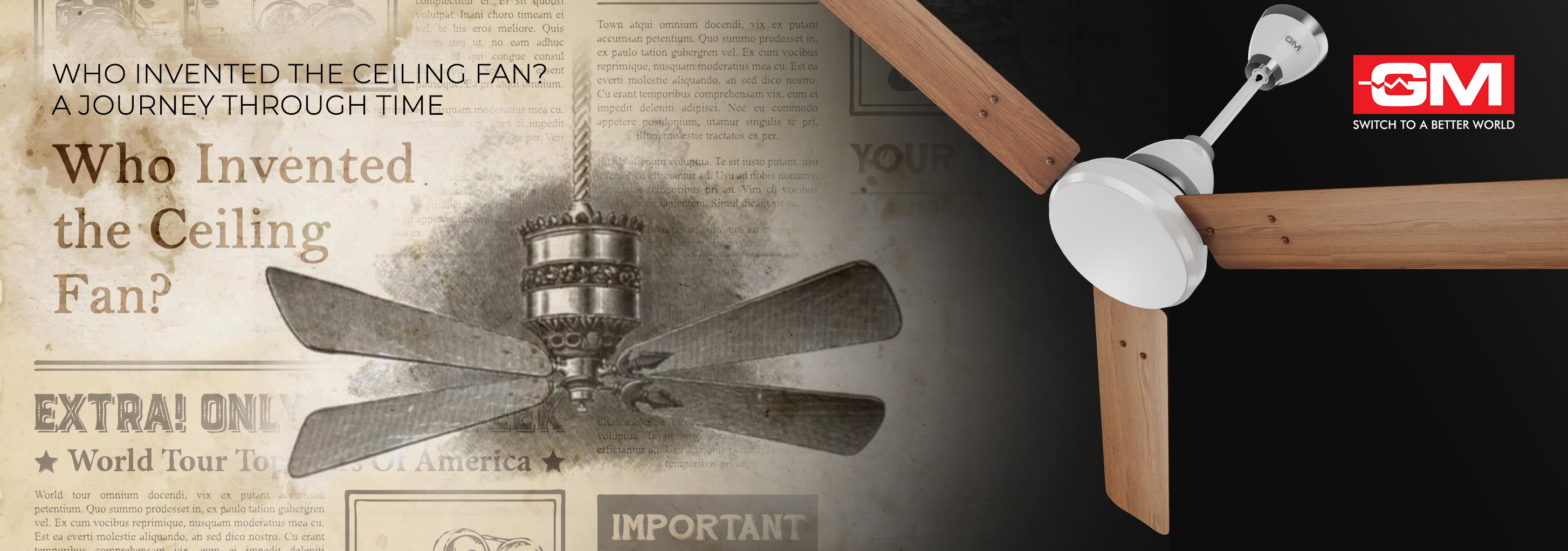
Who Invented the Ceiling Fan? A Journey Through Time
Ceiling fans are a quiet yet transformative part of life at home, offering comfort, style, and energy savings all year round. But not many of us know about the invention of the ceiling fan and how this humble device revolutionised modern living. To a
Read More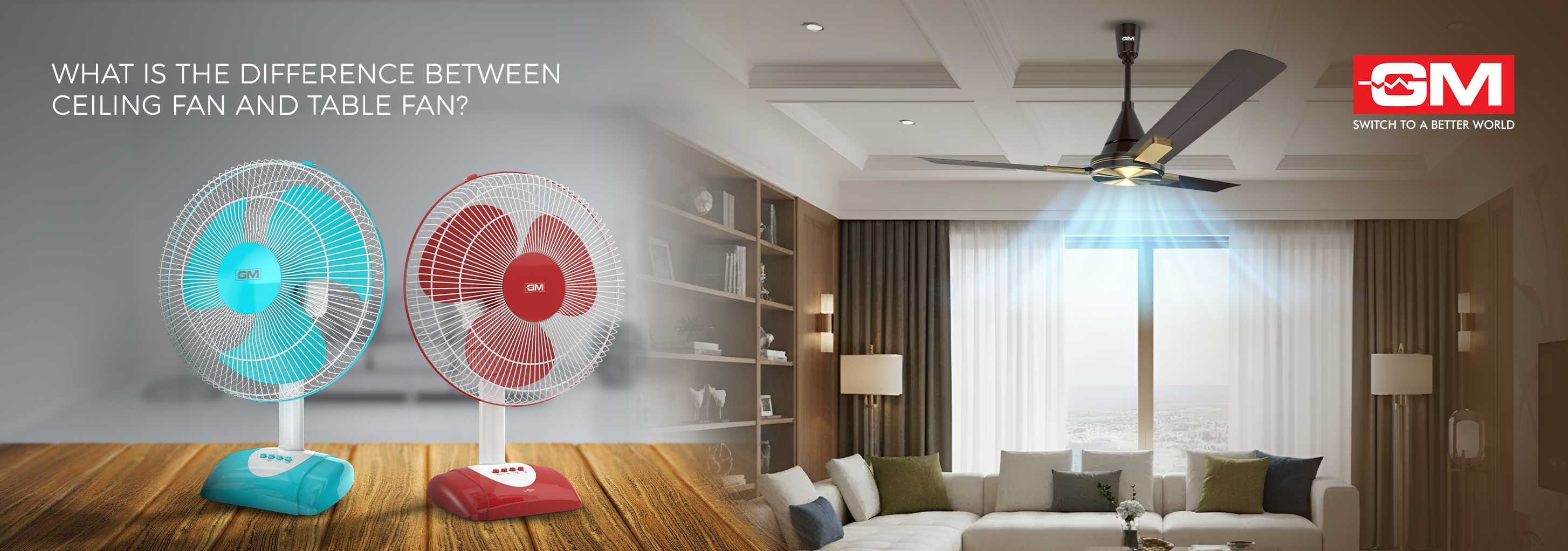
What is the Difference Between a Ceiling Fan and a Table Fan?
Fans are easy to use and save energy, so most people use them to keep a room cool and comfortable. But before you buy one, you should know what makes a ceiling fan different from a table fan. They both move air, but they do it in very different ways
Read More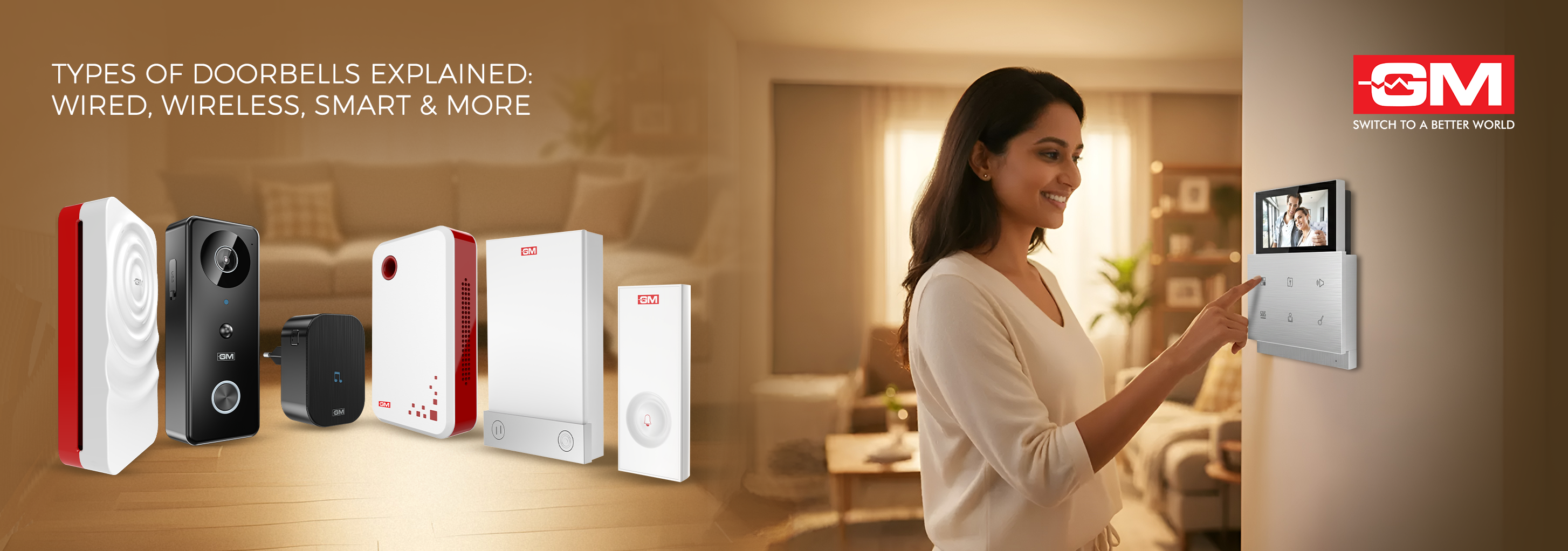
Types of Doorbells Explained: Wired, Wireless, Smart, and More
A doorbell is one of the most important parts of a home or office, but it's also one of the most common things that people forget about. It not only lets visitors know you're home, but it also makes your space more convenient, safe, and stylish. The
Read More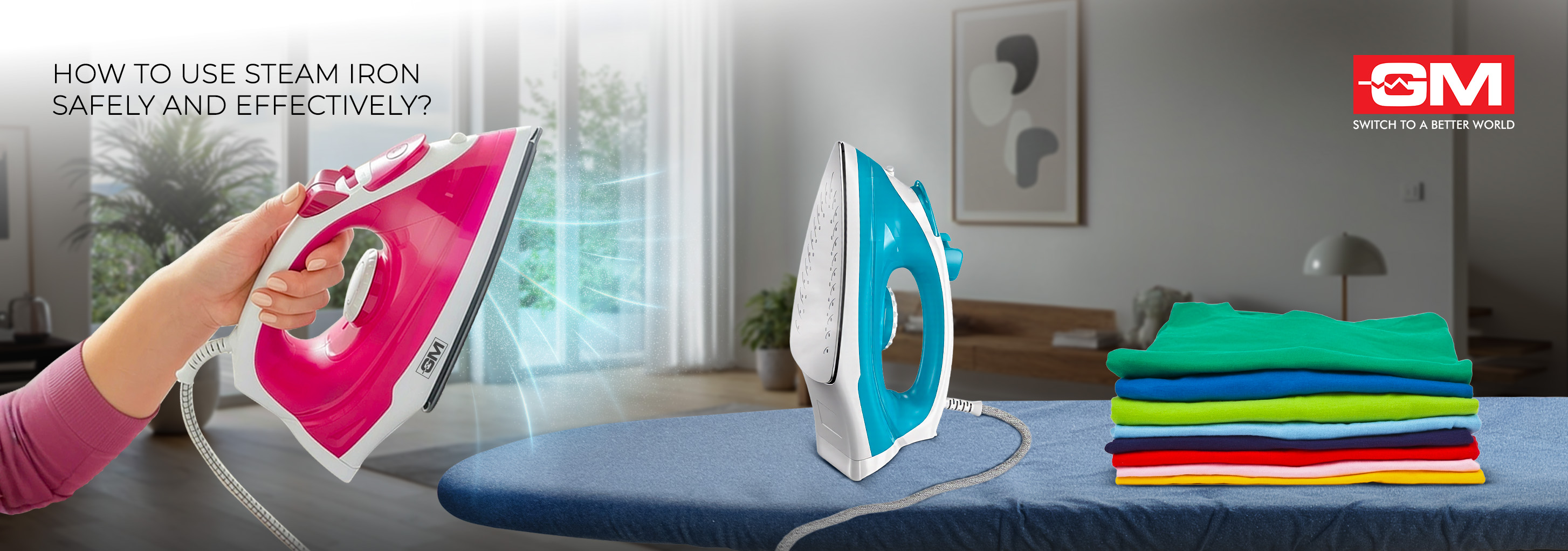
How to Use a Steam Iron Safely and Effectively?
No matter if you're going to work, a meeting, or a party, wearing a crisp, wrinkle-free outfit can boost your confidence right away. But you need to know how to use a steam iron correctly to get that perfect finish. A steam iron isn't just another ap
Read More